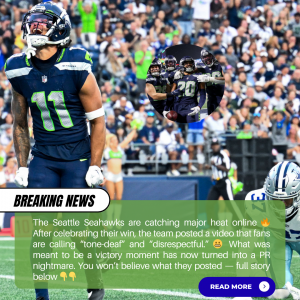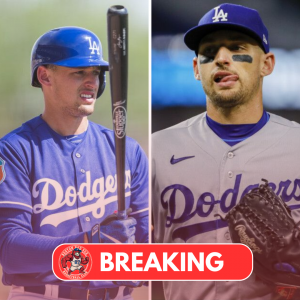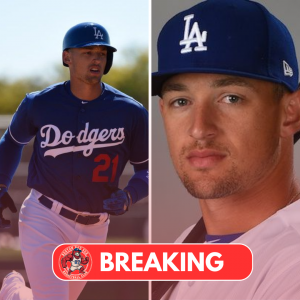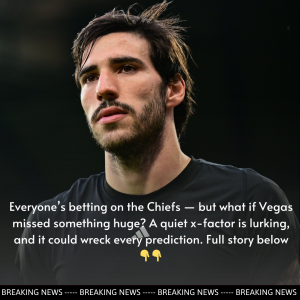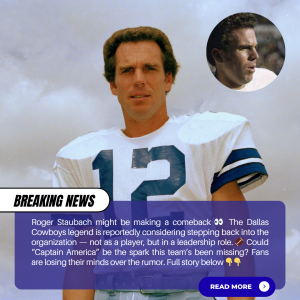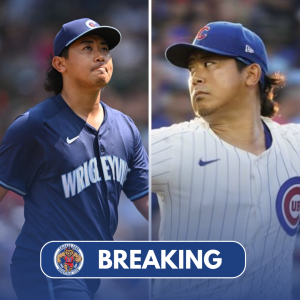
The first head coach firing of the 2025 NFL season is in the books, and the Tennessee Titans are making headlines for all the wrong reasons. Brian Callahan is out after just 25 games at the helm, wrapping up a tenure that saw the team go 4-19 dating back to the start of 2024 – including a rough 1-5 start this season. It’s a swift hook, and it raises a bigger question that’s been looming over several franchises: what’s the long-term plan here?
Firing a head coach barely midway into his second season signals more than just dissatisfaction – it reveals a franchise stumbling through yet another stretch of instability. And instability is a killer in today’s NFL.
Without a meaningful commitment to a rebuild – with the right pieces and patience – teams find themselves stuck in an endless cycle of turnover. Change for the sake of change rarely brings progress, and the Titans are staring down that road.
This kind of instability doesn’t just stay in the front office or locker room either. It messes with every phase of a rebuild.
Big-name free agents don’t want to sign with a perennial bottom-feeder scrambling for direction. Roster-building through the draft is already a gamble, and when you keep pulling the plug on coaching staffs before those young players can develop, it only stacks the odds further against success.
Let’s zoom out and look at how other organizations have handled, or mishandled, situations like these.
Take Seattle, for example – a model of consistency in a league that often eats its own. Since 1999, the Seahawks have only had four head coaches.
Three of those have covered the last quarter-century of football in the Pacific Northwest. That stability produced 19 winning seasons, two Super Bowl appearances, and a Lombardi Trophy.
And here’s the kicker: they haven’t fired a head coach midseason since Jim Mora in 2009. Prior to that?
You’d have to go back to 1998 with Dennis Erickson.
That kind of sustained leadership has tangible effects. From Mike Holmgren (86-74), to Pete Carroll (137-89-1), and now Mike Macdonald (14-9 just six games into his second season), Seattle has consistently trusted its coaching hires and, in return, reaped the benefits on and off the field.
Is it all about coaching? Not exclusively – but when a franchise is aligned from the top down and gives its coaches the runway to install a vision, it shows.
Now, swing the lens over to the Las Vegas Raiders – and the contrast is jarring.
Despite being led by Pete Carroll now, the Raiders have been the poster child for chaos in recent NFL history. Since 2002, the team has been through 14 head coaches.
That’s incredible, considering the Seahawks – a decade older as a franchise – have had just nine in total. Las Vegas has managed three winning seasons in over 20 years, and has yanked the reins midseason on four separate occasions since 2008.
The only coach to even sniff long-term security in that span was Jack Del Rio, who led the Raiders to a 12-4 record and a playoff berth in 2016 – still their best season since 2002. He was gone the very next year after a 6-10 finish.
The result? A franchise that continues to hit reset before any progress can take shape.
That’s the path Tennessee now risks heading further down.
The Titans were in the thick of the AFC race not long ago – remember, they were 12-5 in 2021 and looked like a serious contender after back-to-back 11-win campaigns under Mike Vrabel. Since then, it’s been a steady slip. But if those past few years were disappointing, this current trajectory is something else entirely.
This season was supposed to be the first step toward something new – especially with Cam Ward, the No. 1 overall pick in 2025, positioned as the next face of the franchise. But giving a quarterback a real chance to succeed starts with giving the head coach enough time to build around him.
Callahan clearly didn’t get that. And now Ward is starting his NFL journey surrounded by the kind of turbulence that’s derailed more than a few promising careers.
This is exactly how franchises ruin top picks.
Seattle’s draft track record paints a different picture. The Seahawks have only picked inside the top five eight times in their history – most recently in 2023, when they took Devon Witherspoon at No. 5 overall.
That pick, by the way, came via Denver in the Russell Wilson deal. They haven’t bottomed out enough to land top-five talent often – and that’s a testament to how well they’ve maintained relevance.
Even the quarterback taking snaps for Seattle this year, Sam Darnold, is a case study in why organizational stability matters. Drafted No. 3 overall by the Jets in 2018, he was handed two different head coaches in three seasons.
By the time the franchise pivoted toward Robert Saleh, Darnold was shipped to Carolina, an afterthought in New York’s next rebuild. Now, he’s off to a hot start in Seattle with a new lease on his NFL life – and guess what?
A stable coaching situation is a big reason why.
It’s become clear over time that a high draft pick at quarterback can give a team a chance to rebuild – but only if everything else is in place. That starts with the sideline.
It starts with an identity. And it requires commitment – not panic.
Brian Callahan may not have been the ultimate answer in Tennessee. But six games?
That’s barely enough time for a coach to get his team aligned, let alone for a rookie quarterback to find his footing. The Titans are now walking the tightrope between trying to build something sustainable and falling into the trap of recycling regimes before they ever get a shot.
Teams like Seattle have shown the value of patience. Trust the process, let coaches grow into the culture, and good things tend to follow. Ripping the cord halfway through a rebuild just resets the countdown.
And for rookie quarterbacks like Cam Ward, that difference could define a career.
